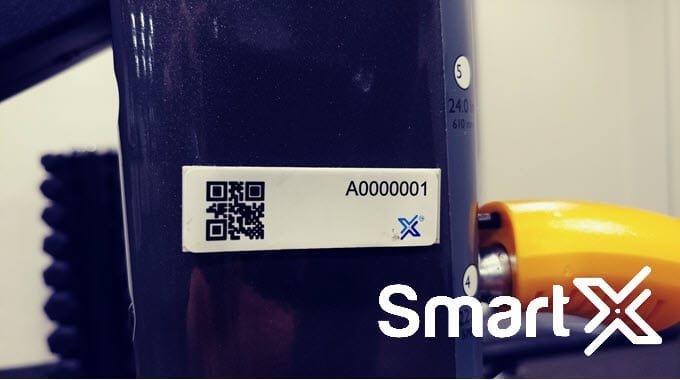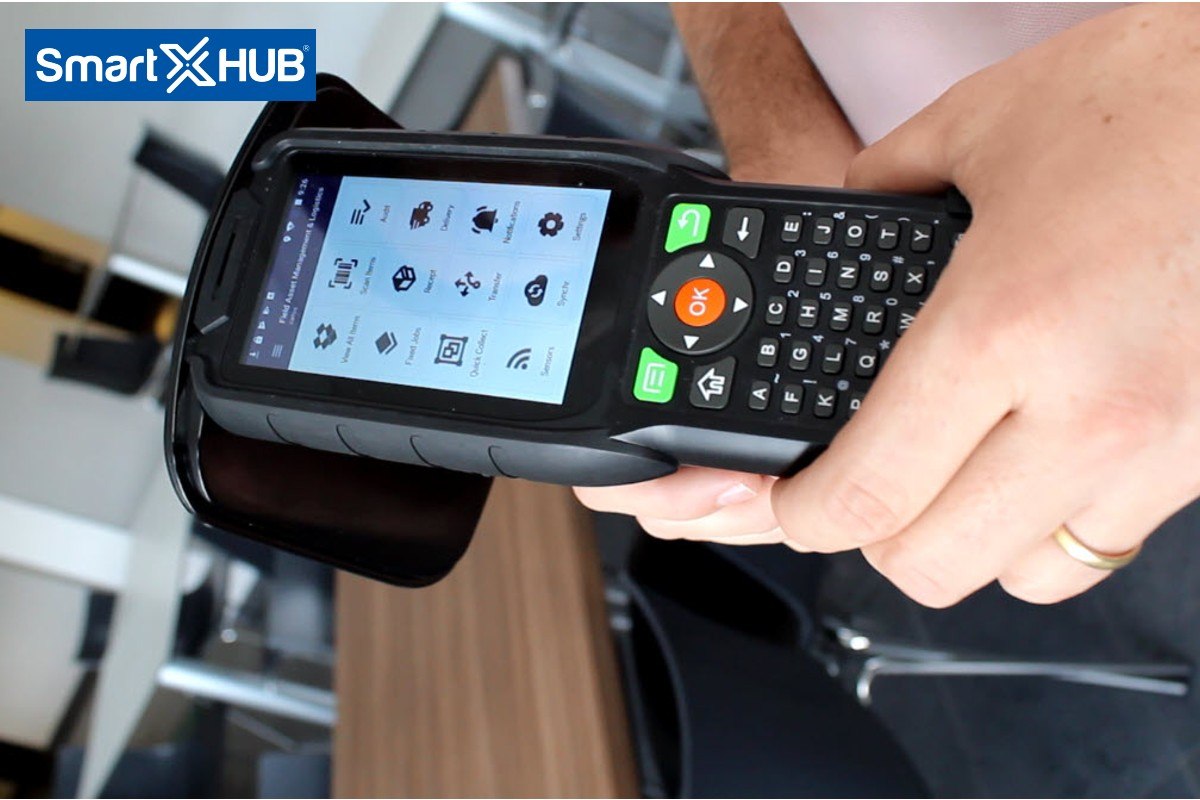Manufacturing Automation Optimized With RFID
Manufacturing Automation Optimized With RFID RFID tags facilitate the seamless transmission of data alongside a product, enriching the information as
Track asset performance, execute maintenance and service, and maximize uptime with advanced technologies.
Deliver as promised with risk-resilient, reliable, and sustainable logistics operations.
A revolutionary convergence of personal and process safety that improve efficiency, safety and reliability.
Almost all RFID tag vendors have released metal mount tag options in recent years. They offer different sizes that provide different read ranges. Our testing has found variances of 10 feet or more between different tags.
When deciding which metal mount tag to choose, it is recommended that you test multiple tags on your actual laptops to see how well each one works in your environment.
Choosing a metal mount tag, thicker than a regular RFID tag, can be challenging. Often employees do not like tags that are larger for purely aesthetic reasons, and because of the possibility of the tag getting caught on a laptop bag as it goes in and out of the bag. Metal mount tags can sometimes be 1/8-¼” or thicker. Metal mount tags won’t mount completely flush up against the laptop. Ideally, a tag tapered on the edge would be the best to prevent catching on things, but most metal mount tags do not taper.
An important consideration is whether to purchase a hefty tag with a more extended read range or go with a more aesthetically pleasing tag that might have a shorter read range.
The placement of the tags may also be a factor in which type of tag to purchase. The lid is often the only option, although sometimes a metal mount tag can be placed along the side without issue. This depends on how many ports and flat surface areas are available across the side of the laptop. Using a tag that is .05” or less thick would be the best option for a lid placement to prevent catching on a laptop bag, but performance varies so it is important to test multiple options before settling on one.
Testing RFID tags are essential for all assets, because of the variation in read ranges that are documented by the vendor. If your assets are exposed to liquid or metal, even if an employee's hand is blocking the tag, it can lead to an inaccurate result. Test different tags on all the different makes and models of laptops to ensure the tag or tags you choose will work in your environment. Placing the laptop in various locations and orientations is also important, as performance can vary from one spot to another.
When security is required, a passive RFID tag will not be a viable option. They cannot read through metal or liquid, so it can be blocked when moving past a fixed reader. Using active RFID tags will provide you with better read rates because they have less interference from metal and liquid. Active tags can also provide motion and tamper detection, which is a much better option for security purposes. The downside is that the size of the tag will be much larger, as an active RFID tag has its own internal battery. Larger tags, however, can act as a deterrent to criminals.

RFID unlike barcode does not need line of sight while scanning. Additionally, multiple RFID tags can be scanned at the same time, which results in huge productivity gains. These features make RFID advantageous for use in rapid inventorying, especially when the task needs to be performed more often and where automation of the process is desired.
An RFID solution can help provide a much more up-to-date view of asset locations than is possible with manual inventory or with barcode.
SmartX HUB RFID inventory management solution can help speed up the process of inventorying all your physical assets and help keep information about the assets updated in a comprehensive system such that reports can be generated and accessed from any web browser.

In its most basic configuration, SmartX HUB inventory management solution comes with various passive RFID tags, a portable handheld RFID reader, and SmartX HUB Server software.
RFID inventory tags affixed on the assets are associated with an asset record in the SmartX HUB application server system where additional information about the asset can be stored. The system is now ready for rapid inventorying.
At inventory time, a portable handheld RFID reader with SmartX HUB Mobile software can scan assets. All the data is collected and wirelessly transmitted to the SmartX HUB Server. SmartX HUB RFID asset tracking software can then be used to generate numerous reports. For example, basic reports can be generated to show moved or missing assets.
SmartX HUB Solution helps you obtain a more efficient workflow by improving your control over your project, enhancing safety on your Jobsite, reducing equipment downtime, minimizing safety hazards, increasing equipment life expectancy, and reducing repair costs. It provides you with the necessary means to stay on schedule, stay on budget and work consistently to keep your overall project on the right track.
The solutions, like SmartX HUB’s RFID, are fully automated, enabling workers to quickly get and return the assets they require without an asset attendant while still keeping the employee accountable for them.
By automating your processes with SmartX HUB RFID-IoT technology you can cut daily operational costs by significantly reducing labor and error costs through process automation. SmartX HUB offers a scalable, customizable and simple platform, easily fitting into your unique business process. To make it even easier, SmartX HUB runs on any web browser as well as any Windows, iOS or Android device.
SmartX HUB’s global presence, coupled with its deep industry and business transformation expertise, has proven that the methodologies and experience gained from thousands of worldwide engagements help clients achieve real business results and innovation quickly and cost-effectively.
Contact us to get more information on how we can help you overcome the challenges to your construction business or to check out a free demo.
Contact us at the SmartX office nearest to you or submit a business inquiry online.
Let us know how we can help you solve your business challenges!
Manufacturing Automation Optimized With RFID RFID tags facilitate the seamless transmission of data alongside a product, enriching the information as
IoT Ecosystem Empowerment: Advancing Workplace Safety and Efficiency with RTLS The Internet of Things (IoT) has arrived In the dynamic
California’s regulations for preventing heat-related illness in outdoor workers Introduction In situations involving high temperatures or extreme heat, it is
Organizations large and small and across industries can leverage RTLS to improve safety, safeguard materials and work more efficiently.
Discover how your peers are benefiting from real-time visibility.